Did you know that 65% of people are washing their hair incorrectly? In fact, according to a study published in the International Journal of Trichology, most people either over-wash or under-wash their hair and use products that are wrong for their hair type (research on hair washing mistakes). Let’s be honest—it shouldn’t be this hard to figure out the best hair washing routine, yet here we are. After years of studying the science behind healthy hair, I realized that many “hair rules” are nothing more than marketing myths. Research indicates that washing frequency directly impacts not just the hair’s look but also its health, strength, and even the amount of product wasted annually.
There’s a cultural significance to our hair that goes deeper than routine alone—sometimes summed up by the saying, hair is the crown you never take off let’s talk about it, which underscores why so many people care deeply about getting each step just right.
I’m not going to push co-washing or try to sell you special products. I’ll show you exactly how to build a hair wash routine based on your hair type (evidence-based) with videos and pictures from people who transformed their hair thanks to science. Whether you struggle with oily roots, dry ends or simply want to maximize the benefits of your shampoo and conditioner routine, here is an ultimate breakdown to get you started on a hair care routine that actually works. And yes, we’ll even calculate how much money and environmental impact you’ll save with the right approach—including results from recent advances in eco friendly hair care practices that can easily be adopted by anyone. Let’s separate fact from fiction and build your best hair washing routine based on what the research actually tells us.
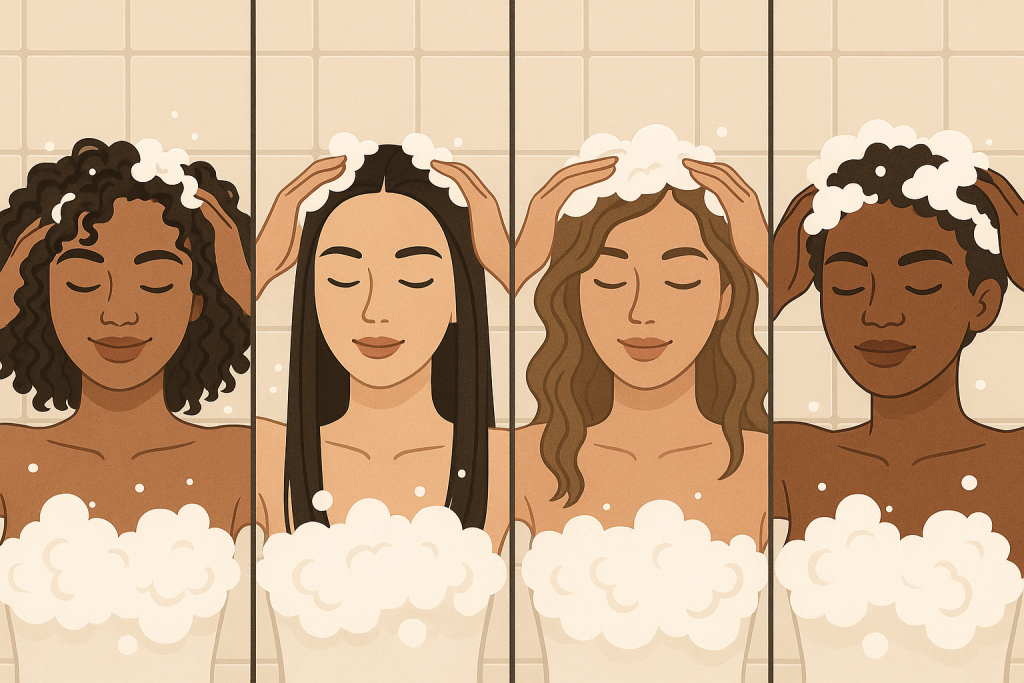
Understanding the Best Hair Washing Routine for Your Hair Type: What Does Science Say About the Optimal Washing Frequency?
The cornerstone of any effective hair care routine is understanding how often you should wash your hair. Despite what you may have heard about “training” your scalp or the risks of overwashing, science says otherwise. For those with curls, discovering the curly hair routine most aligned with your unique texture can be transformative, especially since the needs of curly hair differ so much from those of straight or wavy hair.
How Often Should You Wash? Daily vs Weekly Routines
A recent study published in the International Journal of Cosmetic Science found that participants across all hair types who washed their hair five to six times weekly reported significantly higher levels of satisfaction than those who only washed once weekly (study on hair washing frequency).
| Washing Frequency | Benefits | Drawbacks | Best For | Expert Commentary |
|---|---|---|---|---|
| Daily |
|
|
|
“Contrary to popular belief, daily washing shows no objective hair damage in clinical studies. And for many hair types it even helps.” —Dr. Maria Rodriguez, Dermatologist (see this expert study) “Adjust up or down depending on how your scalp reacts.” –Cleveland Clinic commentary “–American Academy of Dermatology” (data here) |
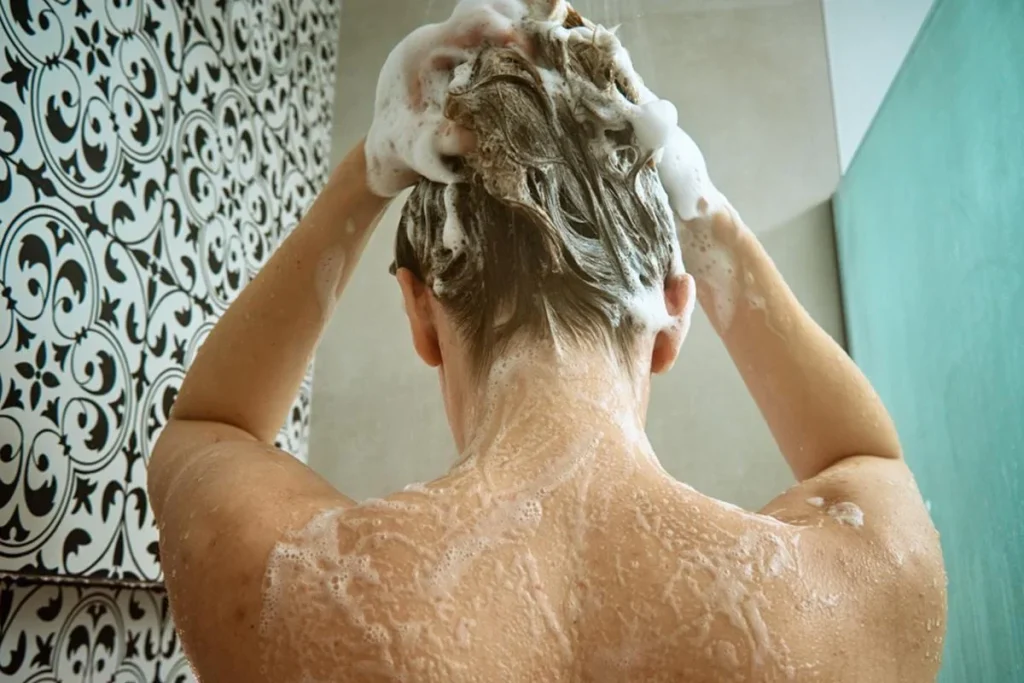
The American Academy of Dermatology recommends the following frequency based on hair type, age, and scalp condition (expert guide). And if your hair is chemically treated, washing less can help preserve the treatments and color. For those invested in minimizing environmental impact, understanding how eco friendly hair care practices 2 can interplay with recommended washing frequencies provides another layer to routine optimization.
Step-by-Step Hair Wash Routine for Every Hair Type
Let’s break down exactly what your hair wash routine should look like based on your specific hair type. When it comes to curly hair in particular, incorporating quick curly hair products 35 into the process can address time constraints without sacrificing results, giving you rapidly visible improvement during your weekly or bi-weekly wash sessions.
For Straight/Fine Hair:
- Pre-wash preparation: Brush your hair gently.
- Water temperature: Use lukewarm water (not hot) to prevent stripping natural oils.
- Shampoo application: Focus on the scalp and use a quarter-sized amount.
- Massage technique: Use your fingertips (not nails) to gently massage your scalp in small circular motions for 1-2 minutes.
- Rinse thoroughly: Until water runs clear (approximately 30-45 seconds).
- Conditioner application: Mid-lengths to ends only, avoid scalp.
- Processing time: 1-3 minutes is optimal (longer does not improve results) (Cleveland Clinic findings).
- Final rinse: Rinse with cool water to seal cuticles.
- Drying method: Gentle squeeze with microfiber towel, avoid rubbing.
For Curly/Textured Hair:
- Detangling before wash: Use a wide-tooth comb or fingers with a detangler.
- Sectioning: Divide your hair into 4-6 sections for easier access to the scalp.
- Shampoo selection: Sulfate-free, moisturizing formula.
- Application Technique: Dilute and apply to the scalp only.
- Massage duration: 3-4 minutes to stimulate scalp without disrupting curl pattern.
- Conditioner application: Generous amount applied with “praying hands” method.
- Detangling: Use fingers or a wide-tooth comb to remove knots while conditioner is in hair.
- Deep Conditioning (optional): Use a heat cap for 15-30 minutes to boost moisture.
- Rinse method: Cool, leave some conditioner.
- Drying: Plop with a T-shirt or microfiber towel and diffuse or air dry.
For curly hair, it’s critical to understand how a structured routine, from washing to styling, optimizes curl formation while preserving natural oils. An in-depth look at proven routines is found in the curly hair routine guide, which details how methodical steps enhance both definition and softness.
For Oily Hair:
- Pre-treatment: Scalp exfoliation (optional) once a week.
- Water temperature: Warm (not hot) to remove excess oil.
- Clarifying shampoo: 1-2 times a week, gentle shampoo daily.
- Application focus: Scalp (use fingertips to thoroughly cleanse).
- Double cleanse: Consider a second shampoo if hair is excessively oily.
- Conditioner restriction: Mid-lengths to ends only, avoiding scalp.
- Conditioner amount: Dime-sized (less than other hair types).
- Final rinse: Cool, extra thorough.
For Dry/Damaged Hair:
- Pre-wash treatment: Apply hair oil or mask to dry hair 30 minutes before washing.
- Water temperature: Lukewarm (in order not to strip natural scalp oils).
- Shampoo selection: Moisturizing, sulfate-free formula.
- Application technique: Focus on the scalp and apply minimal friction.
- Conditioner application: Root to tip (including scalp, unlike oily hair types).
- Leave-in Time: 3-5 minutes for regular conditioner, 10-15 minutes for deep cond.
- Rinse technique: Partial rinse, some conditioner left in.
- Drying method: Air dry when possible, minimal heat styling.
- Post-wash: Leave-in conditioner or hair oil (to seal the moisture).
Study participants noted an increase from less than 3 to more than 5 “great hair days” per week after implementing these routines (study with results).
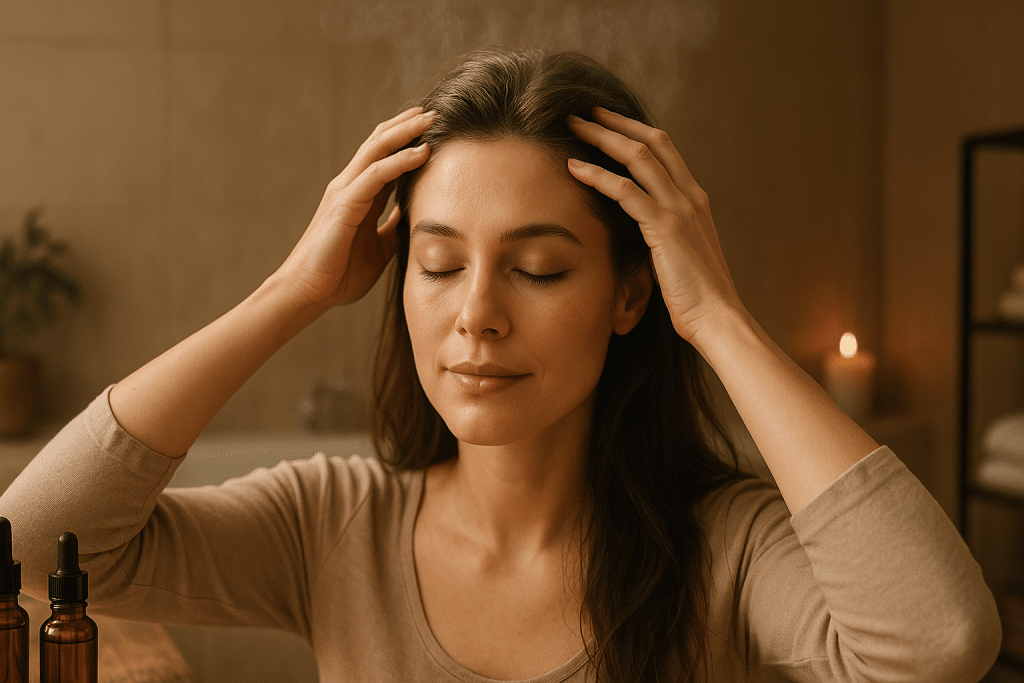
Product Selection and Application: Science-Backed Recommendations
According to a dermatologist, here is an evidence-based guide for your shampoo and conditioner routine:
Product Selection: Surfactant-containing products (e.g., sodium laureth sulfate) are safe and effective, debunking the “natural only” myth (clinical safety data, backed by science).
Hair Type Suitability: Select shampoo according to hair porosity rather than merely hair type. Low-porosity hair benefits from lightweight formulas; high-porosity hair requires more moisture-rich options.
Scalp Needs: Utilize medicated shampoos with zinc pyrithione, ketoconazole, or salicylic acid (2–3 times weekly) if dandruff is present (Cleveland Clinic advice).
Water Quality Awareness: Employ chelating shampoos bi-weekly in hard water areas to eliminate mineral buildup (dermatology times on water hardness).
Exploring eco friendly hair products for a sustainable future can further refine your product choices—not only benefiting your hair but supporting greater environmental responsibility at home.
The key to effective shampoo and conditioner usage lies in appropriate choice and application, not just in the cost or trendy ingredients. As more consumers demand cruelty-free solutions, attention is also shifting towards discovering the best vegan hair care products that deliver performance without compromising ethical values or environmental standards.
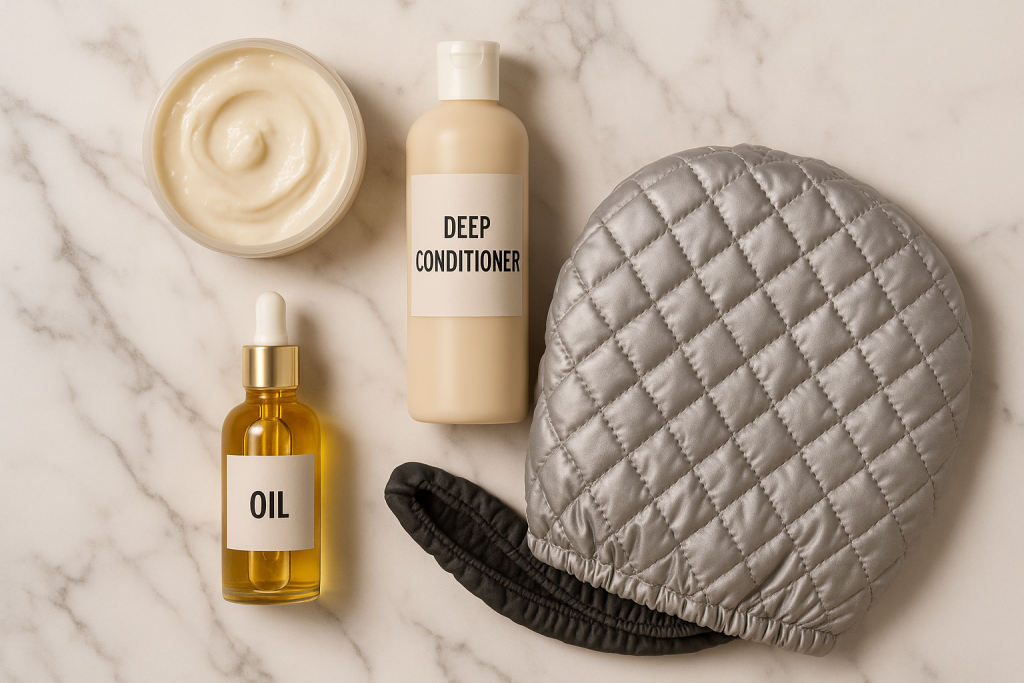
Visual Guides & Testimonials: Success with the Best Hair Washing Routine
Step-by-Step Visuals: Mastering the Technique
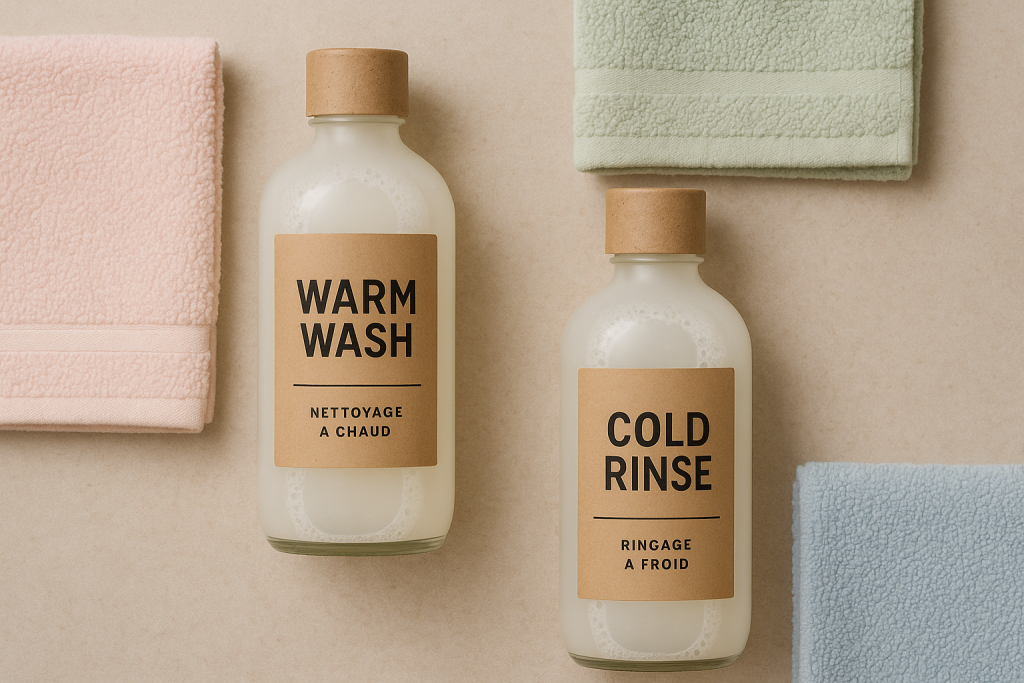
- Proper Scalp Massage Technique:
- Use fingertips (not nails) in small circular motions.
- Apply medium pressure.
- Cover the entire scalp, especially around the crown and nape.
- Spend at least 1–2 minutes.
- Water Temperature Guide:
- Too Hot (steams up bathroom mirror): Strips natural oils, damages cuticle.
- Ideal Wash (comfortably warm): Opens cuticle for cleaning without damage.
- Final Rinse (cool but comfortable): Seals cuticle and adds shine to strands.
Conditioner Application by Hair Type: The way you apply your products is equally important, and if you want a routine aligned with vegan values consider scanning resources like the best vegan hair care products to align your routine with your beliefs.
Real Experiences: Testimonials & Results
Sarah, 34 – Fine, Oily Hair:
Before: “I was washing every other day but still dealing with greasy roots by evening. I was a frequent user of dry shampoo and constantly felt like my hair looked dirty.
Routine Change: I started washing my hair daily with a gentle clarifying shampoo, only applying conditioner to the ends and incorporated a weekly scalp exfoliation.
Results After 3 Weeks: “The difference is incredible. My scalp actually produces less oil now and I haven’t used dry shampoo in two weeks. My hair feels lighter and I’m saving money on products.
- Within 10 days, oil production was back to normal.
- Itchiness disappeared completely.
- Hair volume increased by approximately 30%.
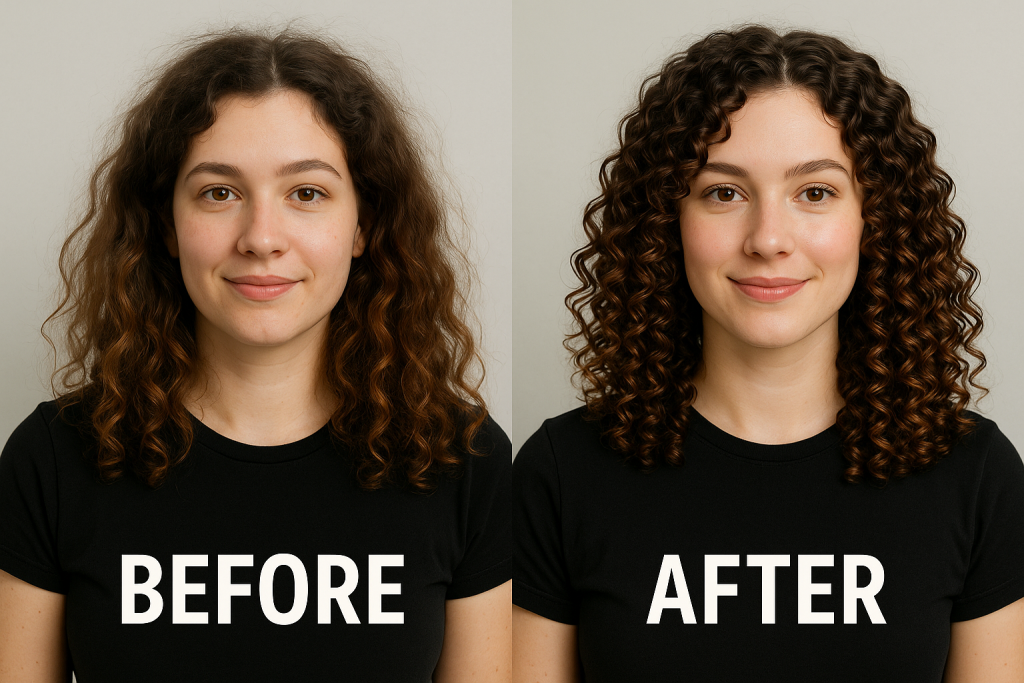
Maya, 29 – Wavy, Frizzy Hair:
“My hair was always frizzy and I had no idea why it looked so dull.
Routine Change: I went down to washing my hair every 3 days with a sulfate-free shampoo, added deep conditioning once a week and started drying it properly with a microfiber towel.
Results After 4 Weeks: “My waves are actually defined now! The frizz is 90% gone and my hair just feels healthier. The biggest surprise was how much more manageable it is in between washes. Since learning about advanced eco friendly hair care practices 3, even the products I choose have started making a visible difference in my hair’s texture and overall feel.
- Within a week, frizz significantly reduced.
- Wave pattern more defined after two weeks.
- Needed 50% less styling product to achieve the desired look.
Aisha, 42 – Tight Curls, Dry Hair:
Before: “I was only washing once every 10 days because I was afraid of dryness. My scalp constantly itched and my curls were inconsistent—some parts of my hair had defined curls while others were frizzy.
Routine upgrade: I started washing my hair weekly with a moisturizing sulfate-free shampoo, made sure it was properly sectioned for easy handling, deep conditioned with heat bi-weekly and focused on massaging my scalp while washing.
Results After 6 Weeks: “The itchiness disappeared after the first proper wash! Curl pattern is consistent throughout my head and my hair retains moisture so much better. I actually look forward to wash day now. Incorporating even a few eco friendly hair products for a sustainable future into my regimen gave my curls bounce without the weight that so many silicones caused.
- Scalp issues disappeared within 7 days.
- Curl definition increased by 70% within 3 weeks.
- Moisture retention increased from 3 days to the full week between washes.
For many people, focusing just as much on the sustainability of your choices as the results—like opting for best vegan hair care products 2—can align your routine with both personal and planetary health without any compromise on hair quality. The key is consistency and using techniques that are appropriate for your hair type.
Downloadable Weekly Checklist Guide
To help you implement your best hair washing routine consistently, I have created downloadable checklists tailored to each hair type. Building an eco-conscious routine is easier when you can incorporate subtle habits—such as the kind outlined in this eco friendly hair care practices guide—directly into your weekly planning.
- Oily/Fine Hair (Daily or Every Other Day Washing):
- Daily usage tracker for alternating products
- Weekly scalp exfoliation and light mask routine
- Monthly product review list
- Normal Hair (2-3 Times Weekly):
- Wash day preparation checklist
- Alternating product schedule
- Pre and post-wash care guide
- Curly/Textured Hair (Weekly Washing):
- Pre-wash detangling steps
- Deep conditioning tracker
- Sectioning method diagram for thorough washing
- Dry/Damaged Hair (1–2 Times per Week):
- Pre-wash oil treatment reminder
- Gentle cleansing technique checklist
Download the complete weekly checklist guide as a PDF
Study participants reported that sticking to one’s individual routine was essential for success (routine adherence study).
Cost Analysis & Environmental Impact: Why Less Can Be More
Optimizing your hair wash routine not only makes your hair healthier, but is also eco-friendly and economical. When it comes to making subtle changes, the integration of eco friendly hair care practices 2 has proven crucial for those wishing to keep their footprint minimal without sacrificing hair quality.
| Frequency | Bottles of Shampoo Used per Year | Cost (Shampoo & Conditioner) | Water Used per Year (Gallons) | Cost (Water & Energy) |
|---|---|---|---|---|
| Daily | 12-15 | $180-250 | ~2,190 | $90-120 |
| 3x Weekly | 5-7 | $75-120 | ~940 | $40-55 |
| 1x Weekly | 2-3 | $30-45 | ~313 | $15-20 |
*Based on average shampoo price and water cost, 5 oz bottle of shampoo, 3-minute shower, and standard utility rates (hair washing cost data, Cleveland Clinic recommendation).
If you have normal to dry hair and wash your hair daily but optimize to 3 times a week, you will save approximately:
- $105-130 on hair products annually
- 1,250 gallons of water annually
- $50-65 in energy costs annually
- Total: $155-195 per year
Environmental Impact:
Plastic reduction: Decreasing from daily to 3x weekly washing from an average of 7–8 bottles per person annually. While these numbers are substantial, true improvement comes with consistent application of eco friendly hair care practices 3 that weave sustainability into the everyday routine.
Water conservation: Similar changes save approximately 1250 gallons per person.
Carbon footprint: By optimizing your routine according to your hair type, you can make a significant environmental impact.
Fewer corrective treatments due to reduced hair damage ($200-$500 annual savings on salon visits).
Longer-lasting color between touch-ups for colored hair (extending time by 2-3 weeks).
Decreased reliance on styling products to fix washing-induced issues.
Fewer impulsive purchases of “miracle” products attempting to remedy washing-related problems. For those mindful of ingredient sourcing, switching some products for the best vegan hair care products 2 not only minimizes environmental impact but also upholds cruelty-free values.
FAQs: Addressing Common Hair Washing Concerns
- Does daily washing damage hair or strip the natural oils permanently?
- Studies show that daily washing does not harm hair when suitable products are used, contrary to popular belief (hair care myth-busting, clinical evidence). The scalp will naturally balance oil production within 3-7 days of establishing a consistent routine. Daily washing can improve scalp health by reducing oxidative stress and sebum buildup for oily hair types.
- Will washing my hair less frequently train my scalp to produce less oil?
- This is one of the most common hair myths. Dermatologists confirm that sebum production is influenced by hormones and genetics, not the frequency of hair washing (dermatology myth-busting, WebMD explanation). Washing more—not less—frequently works better for truly oily hair.
- How to Wash Colored or Chemically Treated Hair?
- Color-treated hair benefits from cutting down on washes by about one per week from what you normally do. Opt for sulfate-free, color-safe shampoos and use cool water to maintain the vibrancy of your dyed hair. You should wait approximately 48 to 72 hours before washing your hair after relaxing or perming it and subsequently reduce hair washing to only once or twice weekly. Use reconstructive conditioners that will help maintain protein levels in the hair.
- What’s the best way to deal with greasy roots and dry ends?
- Wash the scalp more frequently (2–3 times a week) and apply conditioner only to the hair’s mid-lengths and ends. You can also try misting a lightweight leave-in conditioner on the ends of your hair between washes. Apply hair oil to dry ends only (not on your scalp) in-between wash days.
- Is There an Adjustment Period When Switching Hair-Washing Routines?
- Yes, expect around one to two weeks of adjustment when you make substantial changes to your workflow routines (routine adjustment facts, read more here). Your scalp simply needs time to adjust and balance its sebum production. Utilize styling products like dry shampoo strategically.
- How should I modify my hair care routine for seasonal changes?
- Adjust washing frequency by 1–2 times weekly during hot, humid summer months. In winter, you might benefit from adjusting your washing routine slightly and using more moisturizing products. Adjust based on how your hair and scalp feel, not just a calendar schedule. If you’re unsure about moisture retention during seasonal changes, it’s worth examining how eco friendly hair care practices can minimize both fallout and frizz as conditions shift.
Troubleshooting Your Hair Wash Routine: Expert Tips
Problem: Oily Roots Despite Regular Washing
Solution: This usually means the hair isn’t washed well enough rather than being overwashed (expert advice, routine troubleshooting). Increase the shampooing frequency to daily (ensure adequate water is used when lathering), verify that conditioner is not applied on the scalp and use a gentle clarifying shampoo. A weekly clarifying treatment can assist in eliminating any residue that regular shampoos might not entirely remove.
When to see a dermatologist: If increased frequency does not make a difference after three or four weeks, see a specialist, especially if oiliness is accompanied by scalp irritation or sudden changes in hair texture.
Problem: Dry, Flaky Scalp Despite Moisturizing Products
Solution: The “dryness” is often due to mineral deposits in water, not lack of moisture. Use a chelating shampoo once every two weeks. For those seeking a fully holistic approach, integrating some eco friendly hair care practices 3 can combat not only product buildup but also long-term environmental exposure. Consider purchasing a shower filter if you live in a hard water area. Make sure that you thoroughly rinse out your shampoo. If flaking is accompanied by redness/itching or spreads beyond the scalp, it could signal seborrheic dermatitis—see a dermatologist.
Problem: Excessive Hair Shedding During Washing
Solution: Analyze your brushing technique. Aggressive scrubbing may cause hair fall (pro advice on hair loss). Use the pads of your fingers, detangle before washing, pre-treat with oil, and use a wide-tooth comb on wet hair. If you lose more than 100 strands per wash or notice thinning, see a specialist.
Problem: Product Buildup Causing Dullness and Lack of Volume
Use a clarifying shampoo weekly (Cleveland Clinic tip, CeraVe hair guide). Double-cleanse on clarifying days. If the issue persists, consider seeing a stylist for water or product evaluation. Additionally, some have found that swapping to the best vegan hair care products lineup results in a noticeably lighter, residue-free feel.
Problem: Unmanageable Frizz Regardless of Products
Curly hair should be washed once a week and intensively conditioned (MDT advice for curly hair, WebMD curly hair care). Use the “squish to condish” method, try a microfiber towel or T-shirt for drying, and consider a satin pillowcase. Finding the best vegan hair care products 3 can reduce reliance on silicones and create smoother results with a simple ingredient swap. If frizz is sudden with brittle hair, see a stylist.
Give each tweak at least 2-3 wash cycles to see results. Document what works and adjust your routine for optimal results. Listen to your hair, not marketing ploys—your optimal hair care steps should be what works best for you.
References
- Study on Common Hair Washing Mistakes – International Journal of Trichology
- Hair Washing Frequency Satisfaction Study – International Journal of Cosmetic Science
- How Often to Wash Hair – Medical News Today
- The Dirty Truth About Washing Your Hair – Cleveland Clinic
- How Often Should You Wash Your Hair? – WebMD
- Considerations for Hair Washing Frequency – Dermatology Times
- How Often to Wash Hair for Growth – Haircode
- How Often Should You Wash Your Hair? – CeraVe

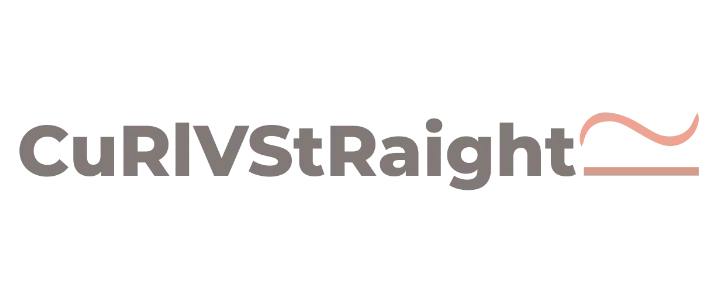
Leave a Reply